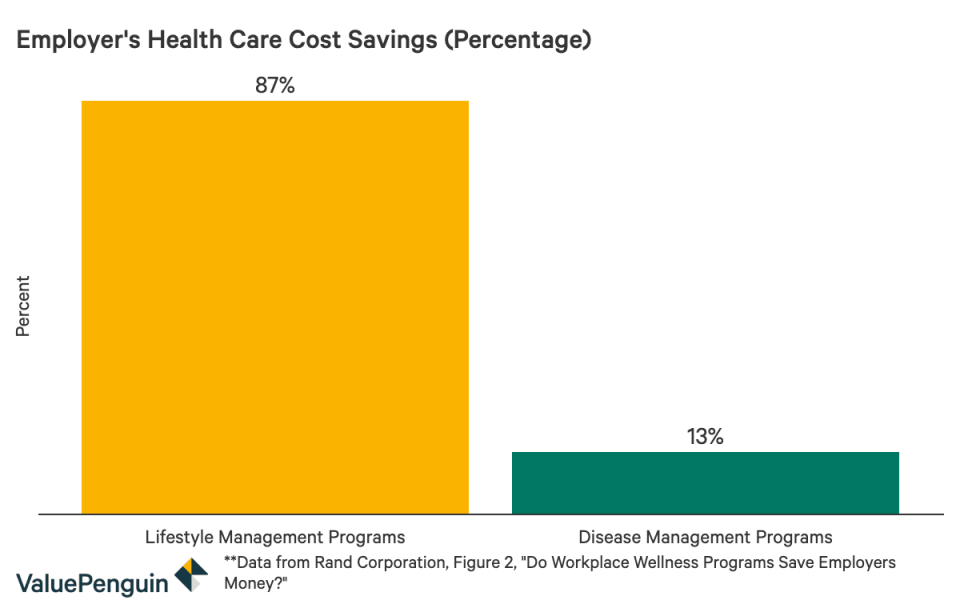Why Workplace Wellness Programs Are Worth The Cost

Workplace wellness programs are more commonplace in Singapore than they used to be several decades ago. Many of us have heard or participated in these programs and have heard of a friend or co-worker talk about the different wellness programs they have in their office. They tend to have two schools of thought:
We can't stop talking about Yoga Fridays
A nice perk, but not a strategic priority
Since the early 1990s, businesses in Singapore have adopted employee wellness programs, but have these programs ultimately saved Singapore businesses money?
Health Care Costs Growing in Singapore
It isn't required by law, but providing basic health insurance is standard practice in Singapore. Unfortunately, the cost to provide healthcare in Singapore is one of the highest in South-East Asia and has one of the fastest aging populations in the world, despite an exemplary and efficient health care system. This sharp rise makes health care a growing cost of doing business, where the inflation rate for healthcare grows 10% every year. Unfortunately, chronic diseases, stroke and heart diseases increase with a rapidly aging population. Fortunately, healthy lifestyles reduce the rate of these illnesses, and a well-executed workplace wellness program can reduce the rate of developing these conditions. With a healthier team, employers can save money on future health care dollars spent.
Disease Management Programs vs Lifestyle Management Programs
According to the Rand Corporation—which analysed 10-year data from a Fortune 100 employer—disease management programs (DMPs) and lifestyle management programs (LMPs) are the two major categories for cost savings among workplace wellness programs.

Disease management programs address immediate health problems like heart disease and businesses realize benefits in the short term. Lifestyle management programs mitigate longer-term health risks like poor eating habits, smoking, and exercise. This means that benefits are realized in the long term for LMPs.
We can see that both programs reduce the average cost per member by US$30 per month. That being said, DMPs make up for 87% of the cost savings—saving US$3.80 for every US$1 invested. Whereas LMPs makeup only 13% of the cost savings and save only US$0.50 for every US$1 invested, according to The Rand study.
The bottom line is that both types of wellness programs result in direct cost savings for employers. For other ways to take care of your workforce, take a look at Value Champion's guide on how to hire employees for your small business in Singapore.
What Should Employees Do With The Data?
Given Singapore's continuously aging population, a closer look at the studies suggests that employers should target those who already have chronic diseases first to take advantage of short-term cost savings.
Employers should pay close attention to the cost of the programs they implement. Although the initial investment for a lifestyle wellness program can be cheaper and easier to implement, prioritising disease management programs provides a higher return on investment (ROI). Focus on where your wellness program dollars are going, health screening vs food campaigns.
That being said, don't neglect setting up a strong LMP for your employees, especially for your young and middle-aged employees. The truth is that both programs save employers money. So, complimenting your wellness program with a strong lifestyle wellness strategy to keep employees health insurance costs low while mitigating the risk of developing chronic illnesses. Additionally, you will find that LMPs benefit employee satisfaction and retention rates, indirectly resulting in cost savings.

 Yahoo Finance
Yahoo Finance 
